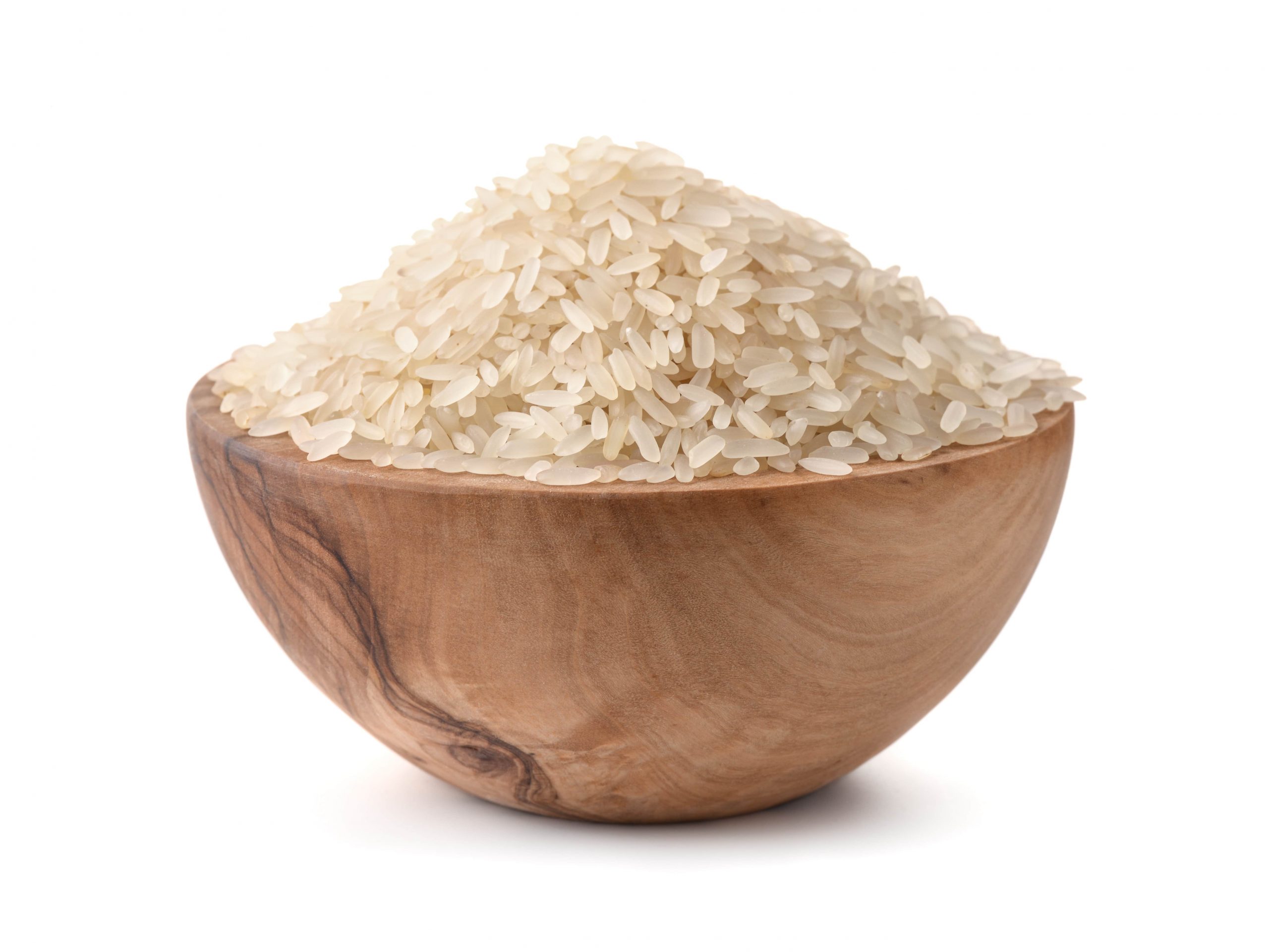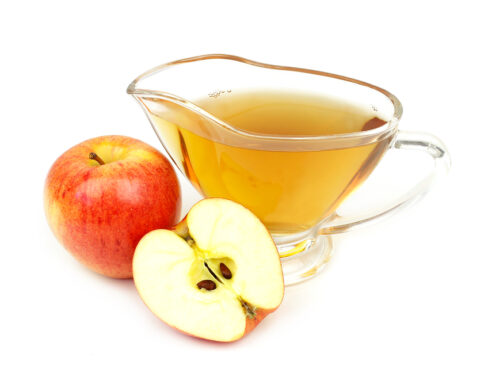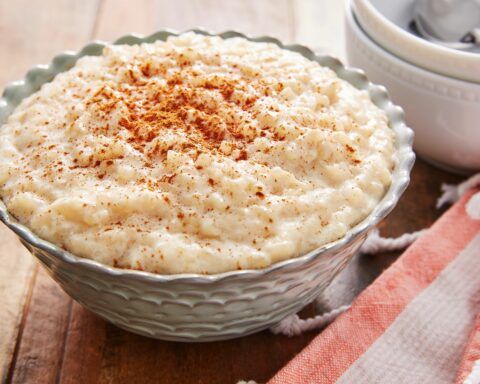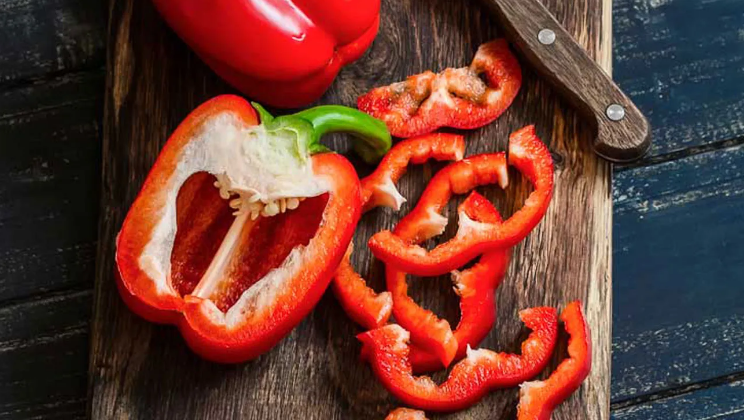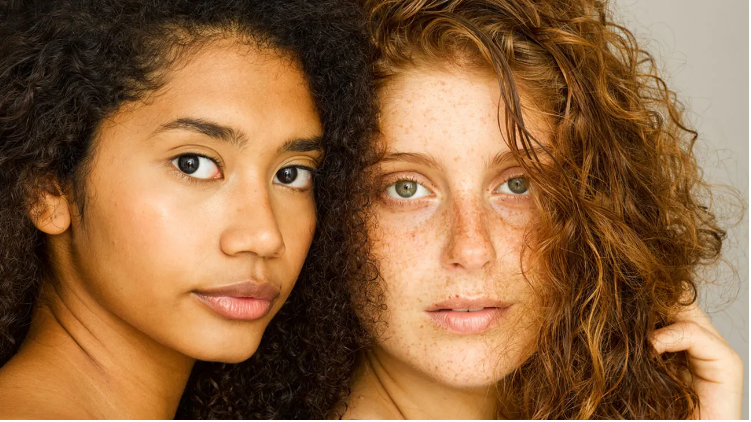Rice is undoubtedly a great food. Still, because of health challenges or a quest for fitness with less carb intake, the incredible rice alternatives discussed here will help you.
Rice is a staple food for many people worldwide, thanks to its mild taste and its filling ability. Besides, it is one of the most affordable, if not the cheapest, foods one can find and still enjoy with great nutritional yield. However, in the modern-day world, people are concerned about weight loss, which comes with a reduced carb intake. While some want to shed extra pounds to look fit, boost self-esteem, and become healthier, others are more interested in fitting in the beauty industry. Moreover, diabetics also try to lose weight to better manage their condition. All these are just but a few of the reasons one might look for suitable rice alternatives, for which this article is particularly important.
a. Barley
Barley is one of the best rice substitutes. It is healthy and heavily packed with antioxidants called lignins. Every time, the body is exposed to free radicals, dangerous molecules from the environment, pollution, and metabolism. If left unattended by the body, they accumulate and result in a state called oxidative stress, which alongside inflammation, is the leading cause of most chronic conditions, including cancer, diabetes, and heart problem. The lignin antioxidants in barley fight the free radicals and prevent cell damage. Besides, barley helps lower calorific intake for weight loss and regulates blood sugar and insulin levels, lowering the risk of developing diabetes type 2.
b. Whole-wheat couscous
The other great rice alternative is whole-wheat couscous, a unique type of pasta prepared from small flour pearls. Most people who take the Middle Eastern and Mediterranean diets are familiar with this food. It has smaller grains than typical rice, making them unique together with other meal servings. What’s more, their small-sized grains give them a unique texture, something you would not enjoy with other grans. In addition, whole-wheat couscous is heavily packed with proteins and fibers, ensuring a great filling effect besides other benefits.
c. Shirataki rice
Another alternative for white rice is shirataki rice, made from the konjac root and famous among Asian countries. This rice appears to be calorie-free based on its packages, although chances are that it has 0- 5 calories. Besides its low-calorie content, shirataki rice is packed with glucomannan, a unique fiber with many potential health benefits. Although benefiting from the fiber would require feeding on a substantial amount of the rice, it’s still worthwhile. In addition, preparing the rice is easy, and one only washes it, boils it for a minute, and heats it dry on a pan, which is pretty easier than cooking rice.
d. Riced broccoli
Are you on a low-carb or low-calorie diet but still need to satisfy your nutritional needs? Riced broccoli is a smart alternative for you. For every 57g of the riced broccoli, you will reap 2g fiber and only 15 calories. Moreover, the same package provides 25% of your daily recommended vitamin C intake. Yet, vitamin C is critical for boosting the body’s defense and antioxidant properties, enabling it to fight pathogens better.
e. Quinoa
You probably are aware that quinoa is one of the South Americans’ staples, and for every reason. Thanks to its incredible health benefits, including extreme hypoglycemic properties, this grain forms a suitable and healthy alternative to white rice, helping diabetics manage their condition better. Besides, it is one of the few cherished foods with all the nine essential amino acids. This means that it is a complete protein source, and eating it meets all your protein needs. What’s more, it is rich in fiber since, in just a 100g quinoa package, your body benefits from a whopping 4.5g fiber. As if that’s not enough, it is rich in copper and magnesium, helping with bone, blood, and DNA synthesis.
f. Riced cauliflower
You will love riced cauliflower, especially if you are on a low-carb diet, including the keto diet. It is also great for those following a low-calorie diet and makes a great meal. It has a mild taste and looks like rice, even when cooked. However, its calorie and carb contents are less than half of what you’d reap from the same amount of white rice. For instance, in a 57g riced cauliflower package, you will get only 13 calories, but the same amount of rice gets your body 100 calories. What’s more, preparing riced cauliflower is easy, and one only needs to chop and grate the cauliflower head into small pieces and cook it with rice in medium heat with little oil.
g. Chopped cabbage
The list is not yet exploited, and chopped cabbage is yet another alternative to substitute your rice while still meeting your body’s nutritional needs. Its cooking process is easy and involves chopping cabbage into small pieces and cooking it under medium heat and a small amount of oil to tenderness. Chopped cabbage is a great source of vitamin K and C, and its 75g serving meets 68% and 31% DV of the two vitamins, respectively. Yet, with them, blood clotting and your body’s defense system are cared for.
h. Bulgur wheat
Bulgur wheat is a pasta, close to couscous in appearance, but its nutritional content is different. First, it is prepared from slightly processed durum wheat and is great for diabetic management. Its low-fat and carb and high-mineral content give it an advantage over other grains. For its 100g packing, the body reaps a whopping 11.5 g of fiber. This means that it reduces constipation, promotes gut microbiota health, and is useful for managing weight and insulin levels.
Conclusion
Rice is admittedly one of the best foods, especially because it’s filling and affordable. However, medical conditions like diabetes and different quests for weight loss may make one seek rice substitutes. There is a handful of such, including quinoa, bulgur wheat, whole-wheat couscous, barley, riced cauliflower, riced broccoli, and chopped cabbage.
- NOVICA: A Journey of Empowerment and Cultural Preservation - July 29, 2023
- BocaHeal: Empowering Your Journey to Optimal Health - June 10, 2023
- Custom Made Boots for the Perfect Fit: Fillies and Boots - June 7, 2023

